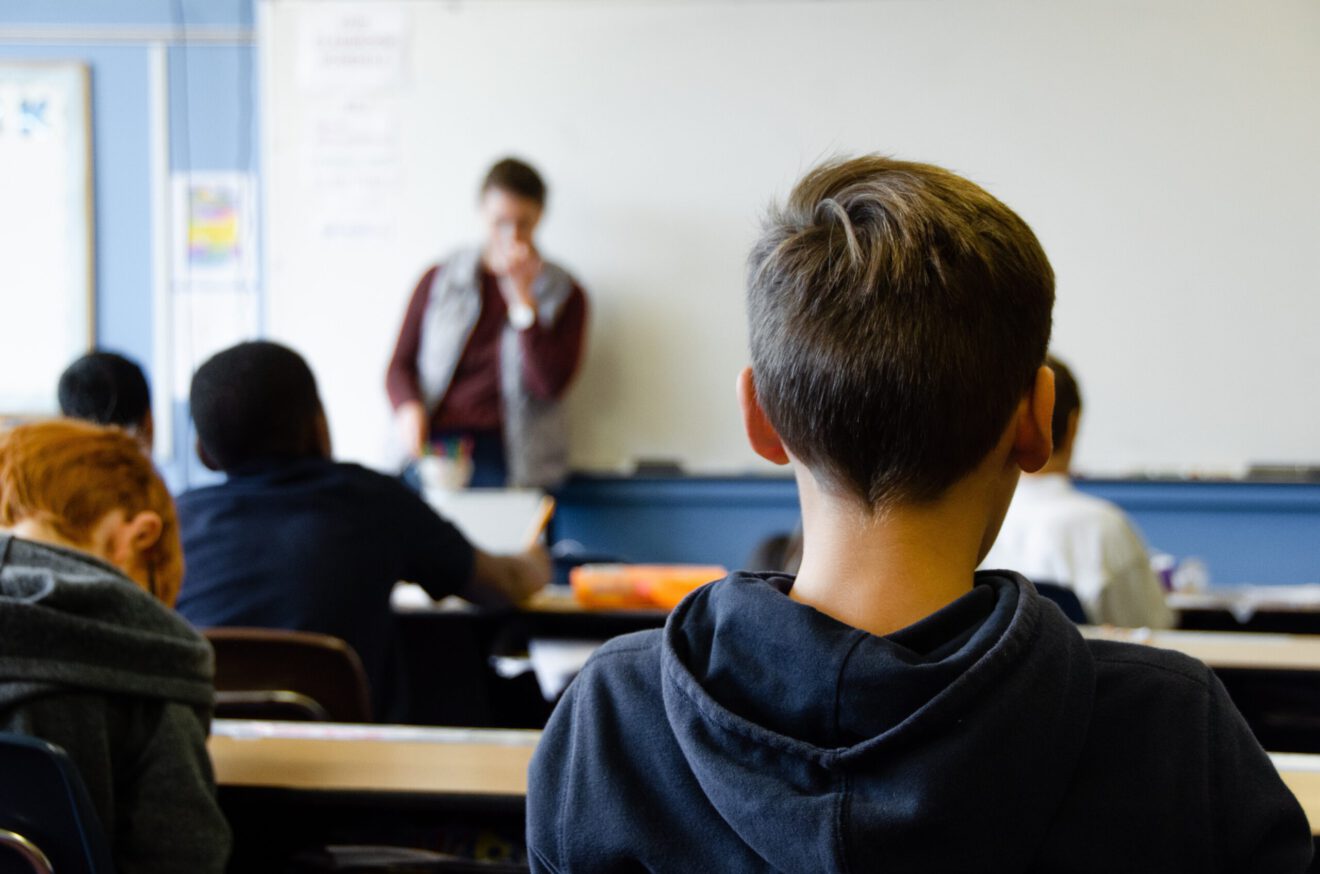Sign up for our daily education news briefing today, free.
I apologize for the “intense” nature of the title for this reflection. But, in fairness, it has been a pretty intense string of weeks for many of us. In New York, and the county in which I live and work, we have seen illness numbers rising at a much quicker rate than many other parts of the country, and it has been a blur, not to mention a challenge, in getting to the point where I can reflect on the experience so far.
I’ve learned a number of important lessons these last few weeks. I’m going to share four of them here. Some are new, some are old, not only influence my work in the immediate, but they’ve also helped me to better understand what I need to do as an educator (and a person) moving forward.
I Need Face-to-face Contact
Within days of our system being closed, I was feeling the impact of being shut off. I was never really sure where I “lived” on the introvert-extrovert spectrum, but it became clear to me early on in our time of social distancing that while I respect the policy, it doesn’t really work for me.
I found that I needed to incorporate regular meetings with colleagues where I could at least see faces and read expressions; voice, email and instant messages were simply not enough. And I recognized the challenge of this for everyone. We are truly social creatures; we need eye contact and face-to-face communication. The importance of avoiding close interactions has been at odds with the importance of social interactions as a part of who I am as a person and an educator.
Work-life Balance is More Than Just Separating the Two
If you would have asked me two months ago what I needed to do to find work-life balance, I would have told you that I simply needed to do a better job of separating out my work responsibilities from my personal ones. But, with work and life now forced to live side-by-side, I think healthy work life balance is more than that.
It’s respecting the intertwined nature of the two and recognizing that it isn’t so much separating them, but rather recognizing “when” your personal time should be spent on work and “when” it should be spent on life. It is that recognition of timing that is so important, and though I still don’t have it figured out, this forced mingling of the two has been very helpful in me building a better understanding to move forward.
Big Changes Require Big Shifts
The way we work in our agencies has changed. It had to. And because the changes were big, the shifts we had to make in our practices and our policies have to be on the large scale as well.
Recognizing this doesn’t make the change any easier, but it is at least comforting to know that the scale is similar between change and response. Because with this knowledge we become more capable of understanding when we are going to have to shoulder something big and when we are going to be able to easily adjust.
There is Often a Storm Before the Calm.
I know that the famous saying is the other way around, but in real life, I’ve found that when things are changing, we regularly are faced with a storm before things even out. In the case of our most recent pandemic, I found that my first week working from home was a literal nightmare, one where I couldn’t even figure out how to balance things out.
Without a routine I felt lost. Without all the people and places around me I felt uncomfortable. Without the right tools I felt ineffective. All of these “withouts” made it hard for me to be the best I could be.
Yet within a week, I started to understand a potentially new “normal” (or close to “normal” anyway), and I began to adjust my schedule and practices to meet what was now my new “routine.” These fluctuations before balance are a part of growth and change, and are usually much more gradual. But when the change is drastic, we have to still welcome it for what it is, and what we become as a function of it.
I’ve learned numerous other lessons over the course of these last few weeks. All are valuable to be sure, and all will help me become better at what I do in the future. Even the scariest situations provide opportunities for us to grow and change. And once we overcome the initial fear of that, it can often be best to see them for what they are, and use them for what they can provide.
What are the other lessons we’ve learned in the past few weeks? Whether you work in the private sector, in public health, general health care or any other supply chain affected industry, we all have much to reflect on.
Fred Ende is the director of Curriculum and Instructional Services for Putnam|Northern Westchester BOCES in Yorktown Heights, N.Y. Fred currently blogs for SmartBrief Education, and his two books, Professional Development That Sticks, and Forces of Influence, are available from ASCD. Connect with Fred on his website or on Twitter.
______________________________________________________________________________
Like this article? Sign up for ASCD SmartBrief to get news like this in your inbox, or check out all of SmartBrief’s education newsletters, covering career and technical education, educational leadership, math education and more.
